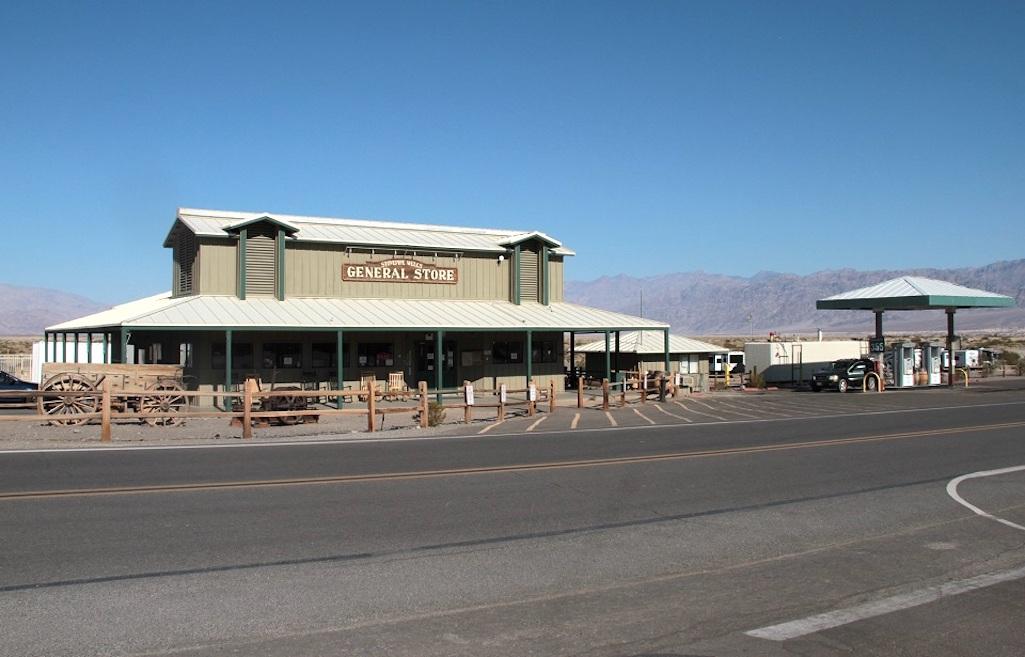
National Park Service staff want to identify improvements to the Stovepipe Wells area of Death Valley National Park/NPS file
Staff at Death Valley National Park is looking at a number of improvements for the Stovepipe Wells area, ranging from improved wastewater treatment systems and drinking water treatment upgrades to improvements to the campground there.
The National Park Service is seeking public an environmental assessment of proposed actions at Stovepipe Wells and surrounding areas. The proposed actions include upgrades and changes to utilities, roads, parking areas, campgrounds, an airstrip, and buildings.
“Park visitation has increased substantially, and people’s interests and expectations have changed,” said acting Superintendent James Woolsey. “These proposed projects will repair failing infrastructure and enhance visitor experiences.”
Some of the proposed projects are:
- Replace parts of the potable water treatment and delivery systems at Stovepipe Wells and Emigrant.
- Replace parts of the wastewater collection and treatment systems at Stovepipe Wells and Emigrant.
- Rehabilitate and interpret the historic Emigrant Junction Ranger Station and surrounding area.
- Replace Stovepipe Wells Visitor Contact Station, and add an adjacent day-use area with picnic tables and outdoor interpretive signs.
- Replace the emergency services building, which is currently too small for the park’s ambulance to fit inside.
- Redesign Stovepipe Wells Campground, which is currently is a gravel parking area with one restroom. It would be redesigned to have a second restroom, better separation between sites, and amenities like shade structures, fire rings, grills, and picnic tables. Some additional sites would have RV hookups. The campground would be expanded to the east.
- The existing paved Stovepipe Wells Airstrip would be removed, and airplanes would be redirected to Furnace Creek Airstrip (18 miles away). A helicopter landing pad would remain for administrative and emergency use.
- Night sky viewing area: The eastern end of the former airstrip could be rehabilitated for use for large night-sky viewing events.
- Improve Mosaic Canyon Road, parking lot, and trailhead. The NPS will consider a range of surfaces to reduce dust and stabilize the 2.3-mile unpaved road leading to a popular short hike.
- Improve flood control.
NPS officials say they do not have funding for these projects yet. The environmental assessment is a step towards requesting funds.
The park will host an online public meeting on Wednesday, February 9, at 6 p.m. (Pacific) at https://go.nps.gov/SPW1.
Public comments can be made until February 28 online at parkplanning.nps.gov/StovepipeWellsPlan, or mailed to:
Death Valley National Park
ATTN: Stovepipe Wells Plan
P.O. Box 579
Death Valley, CA 92328



Add comment